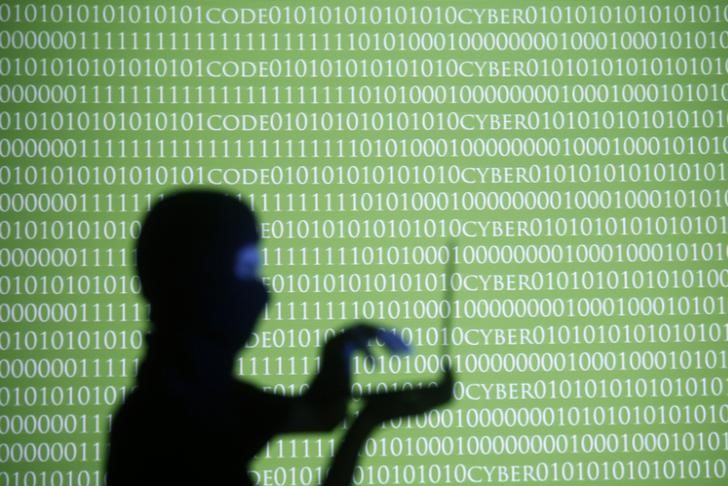By Eric Auchard
BERLIN (Reuters) - High-tech extortion schemes nearly doubled in the first three months of 2015, whilst attacks on Adobe Flash software used in streaming media and casual game sites quadrupled, a global report said on Tuesday.
Intel (NASDAQ:INTC) Corp's McAfee Labs Threats Report for May found that ransomware surged 165 percent in the first quarter, rebounding from a slight dip earlier in 2014 when police agencies worldwide staged a coordinated crackdown to knock out a major ransomware network.
Ramsomware is malware which cybercriminals use to seize control of computer and phones when unwitting users click on an infected link or download a tainted document, locking them out of all access to their devices unless they make ransom payments.
The scheme, which first took root in Russia last decade, has spread globally in the last four years. Victims typically face extortion demands of anywhere from $150 to $500 to regain access to the encrypted files.
Newer, "sleeper" versions that seize control of storage drives when data backups are made are on the rise, said Raj Samani, chief technology officer for the company's Europe, Middle East and Africa region.
Intel Security found 700,000 samples of ransomware on computers, phones and networks of its customers in the latest quarter, Samani said in an interview.
Ransomware has evolved using "crime as a service" business techniques in which coders lease out variants of the malware to uncounted thousands of criminals who use them to launch virtual extortion schemes in return for a cut of the action, he said.
Meanwhile, Adobe Flash malware grew 317 percent in the first quarter. Intel Security spotted 200,000 samples of Flash malware among its customer base of hundreds of millions of phone and computer users worldwide. This malicious code takes advantage of out-of-date versions of the widely used Adobe software.
